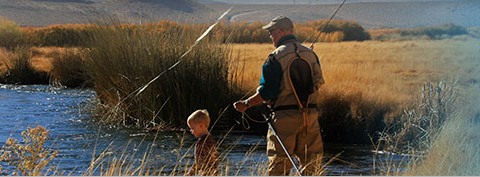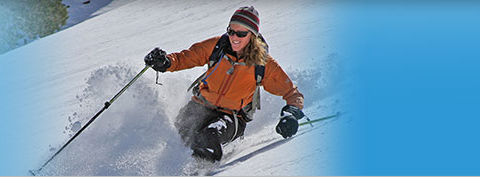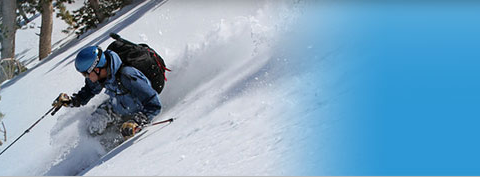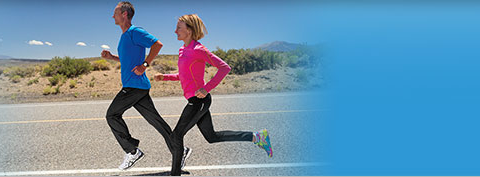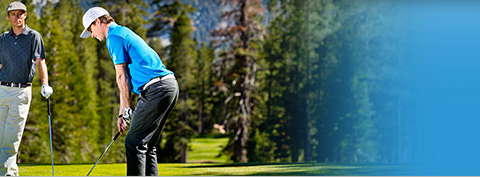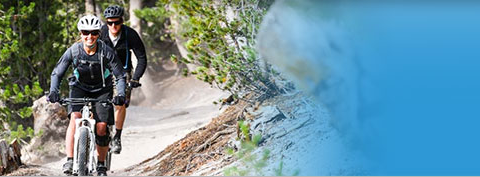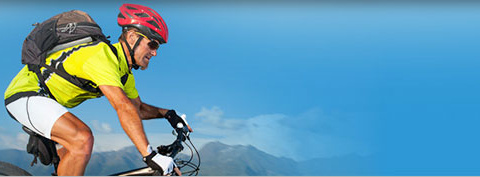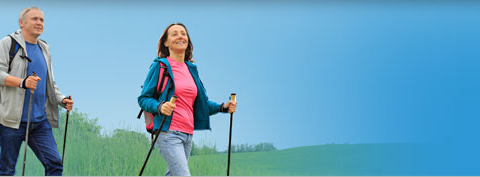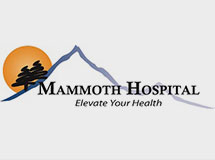Medical Student Rotations
Accrediting
The Mammoth Orthopedic Institute primary physicians are all accredited clinical faculty members of the University of Nevada School of Medicine for clinical third and fourth year medical students interested in an elective general orthopedics, orthopedic trauma, and sports medicine rotation.
Medical students of the University of Nevada Reno may arrange clinical rotations through the University office for clinical rotations.
Students outside the University of Nevada may contact the MOI office at [javascript protected email address] or 760-924-4084 for more information and to make arrangements with your specific accrediting institution.
Scheduling
While 2 or 4 week rotations are the most common, we can tailor the duration and timing of your rotation to meet your scheduling needs so long as your dates do not overlap with other visiting students. In some circumstances, there is adequate clinical exposure to permit two visiting students at one time.
Sample Clinical Schedule
Surgical Orthopedics Track
Monday - Dr. Knecht, Operating Room
Tuesday – Dr. Gilmer, Operating Room
Wednesday – Dr. Crall, Operating Room
Thursday - Dr. Knecht, Sports Medicine Clinic or Dr. Crall, Operating Room
Friday – Academic Day with Didactics vs Orthopedic Subspecialty (Hand, Spine, Foot and Ankle, Adult Reconstruction)
Non-Operative Outpatient Sports Medicine Track
Monday – Dr. Crall, Sports Medicine Clinic
Tuesday – Academic Day with Didactics versus optional Operating Room Experience
Wednesday – Dr. Gilmer, Sports Medicine Clinic
Thursday - Dr. Knecht, Sports Medicine Clinic
Friday – Dr. Crall, Sports Medicine Clinic vs Dr. Clark Sports Medicine Clinic
Goals and Objectives
Students receive an intensive immersion experience which spans general orthopedics with an emphasis on arthroscopy, sports medicine, and trauma. Students can tailor the experience to emphasize a surgical or non-surgical sports medicine track. Students are invited to take call with the attending physicians at their discretion or as dictated by their clinical requirements.
A general overview of goals and objectives is provided below:
Surgical Orthopedics Track
- Medical care of the orthopedic patient:
- obtain necessary but not excessive preoperative studies according to published guidelines
- obtain appropriate consultations
- triage patients who should be admitted to a medical service or intensive care unit
- operioperative care and discharge of orthopedic patients.
- Evaluation of patients in the emergency department
- Outpatient orthopedics: basic exam for each joint and spine
- indications for appropriate radiographic and laboratory studies
- appropriate period of follow-up, when to discharge patient from care
- Manual and other basic skills:
- dressings/casts
- patient positioning, prepping and draping
- Fracture biomechanics and AO principles
- Musculoskeletal trauma, including:
- fractures and dislocations as treated in the Emergency Department
- interpretation of basic radiographs and descriptive fracture terminology
- injuries managed in the outpatient setting
- casting and splinting
- indications for surgical management of fractures
- Sports Medicine, including:
- Perform and present a history and directed physical exam of patients presenting with sports-related musculoskeletal complaints.
- Formulate a meaningful differential diagnosis of patients’ musculoskeletal conditions for each joint.
- Become familiar with indications for and principles of operative treatment of common sports injuries: ACL reconstruction, rotator cuff repair, meniscal and labral repair, etc.
- Understand unique aspects of orthopaedic surgical procedures, including meticulous sterile technique.
Non-Operative Outpatient Sports Medicine Track
- Musculoskeletal knowledge base, including:
- normal alignment and joint range of motion
- basic biomechanics
- basic bone pathophysiology
- General musculoskeletal diseases, including:
- bone and joint infections
- hip conditions, such as osteoarthritis, rheumatoid arthritis, avascular necrosis
- spine conditions, such as spinal stenosis, disc disease, adult scoliosis, back pain
- foot conditions, such as bunions, flatfoot or cavus deformities, tendonitis
- hand conditions, such as carpal tunnel syndrome, osteoarthritis and rheumatoid arthritis
- shoulder diseases, such as recurrent dislocations, osteoarthritis, frozen shoulder
- sports injury in the athlete
- tumors of bone and soft tissue
- Musculoskeletal trauma, including:
- fractures and dislocations as treated in the Emergency Department
- interpretation of basic radiographs and descriptive fracture terminology
- injuries managed in the outpatient setting
- casting and splinting
- Sports Medicine, including:
- Perform and present a history and directed physical exam of patients presenting with sports-related musculoskeletal complaints.
- Formulate a meaningful differential diagnosis of patients’ complaints, considering non-orthopaedic conditions as well as musculoskeletal conditions.
- Become familiar with basic orthopaedic diagnostic and treatment strategies.
- Become familiar with operative and non-operative treatment of common sports injuries.
- Learn and understand principles of sports rehabilitation.
What you will be able to do for musculoskeletal problems in adult outpatient setting, or what we expect at the end:
- Make a correct diagnosis - know what you’re dealing with, and don’t miss anything important.
- Perform an acceptable work-up – perform a basic but thorough evaluation, including physical examination, imaging studies, laboratories.
- Provide the standard of care in the community – treat what you’re comfortable treating.
- Seek an appropriate referral – ask for help when it is necessary and warranted
Recommended Textbooks
The recommended texts below provide a basic introduction to core principles in general orthopedics and sports medicine
Netter’s Concise Orthopaedic Anatomy by Jon C. Thompson
Handbook of Fractures by Joseph Zuckerman and Kenneth Koval
Brukner’s and Khan’s Clinical Sports Medicine
Copies of these texts are available for students to borrow from Mammoth Orthopedic Institute for your use during your clinical rotation.
Additional online resources specific to surgical procedures performed are available at:
Sports Medicine -- www.arthrex.com
Orthopedic Trauma – www.aosurgery.org
Electronic access is available to relevant journals during the clinical rotation:
Arthroscopy: the Journal of Arthroscopy and Related Research
American Journal of Sports Medicine
Journal of Bone and Joint Surgery: American
Housing
Temporary housing in Mammoth Lakes can be difficult to secure at times. For assistance in securing housing during your rotation please contact us at [javascript protected email address] or 760-924-4084.



